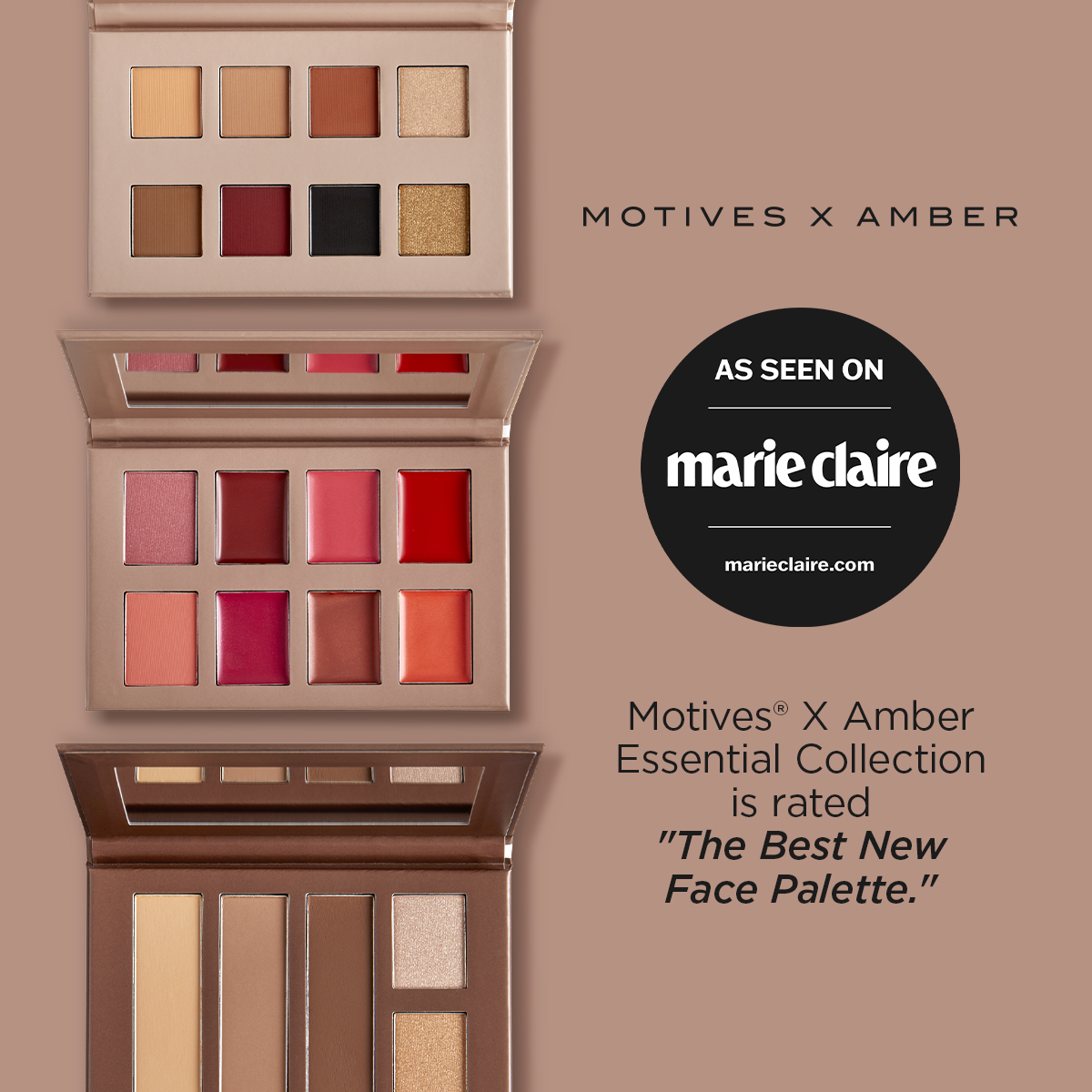We’ve all heard the same health myths about certain habits, foods or behaviors that can help or hurt our health. When myths are repeated from generation to generation we begin to accept them as fact. Below are the 10 most popular health myths that are going bust thanks to Dr. Christopher Calapai, a NYC board certified expert in osteopathic medicine specializing in longevity who debunks these myths with sound medical reasoning.
10 MOST POPULAR HEALTH MYTHS BUSTED
Myth #: “Starve a cold, feed a fever.”
Do you starve a cold and feed a fever when you’re feeling under the weather? Or is it the other way around? Starving is never the correct answer. When you eat a nutritional, well-balanced diet, many other factors fall in place that keep your body functioning optimally. Dr. Calapai explains that, foods that are rich in nutrients help fight infections and may help to prevent illness. “A wide array of nutrients in foods; some of which we may not even know about, are essential for wellness. When you rely on dietary supplements for good nutrition you may limit your intake to just the known nutritional compounds rather than getting the full benefit of all nutrients available in food.”
Myth #2: “Reading in dim light damages your eyesight.”
Good news, according to researchers from the Indiana University School of Medicine in Indianapolis, reading in dim light doesn’t lead to permanent eye damage. While it may cause eyestrain and temporary dryness; you can read a menu in a dimly lit restaurant without it causing any long-term impairment. Likewise, the common belief that sitting too close to the TV set will ruin your eyesight is yet another old wives’ tale.
Myth #3: “Can’t sleep? Drink warm milk.”
Dr. Calapai says that, “today there’s no scientific evidence that milk has the slightest impact on drowsiness. Milk does contain the nap-inducing amino acid tryptophan, but only in trace amounts. Eggs and cheese have more, but even an egg and cheese sandwich won’t knock you out. However, if a hot-milk nightcap seems to help you catch z’s, drink up. A little placebo effect never hurt anyone.”
Myth #4: “Cold weather will make you sick.”
“In terms of infectious illnesses, germs make you sick, not cold weather itself,” urges Dr. Calapai. To catch a cold you have to come in contact with rhinoviruses and you need to be infected with influenza viruses to contract the flu. Rhinoviruses peak in spring and fall, and influenza viruses peak in the winter. While there isn’t a connection between being chilled and getting sick, cold air may contribute to conditions that lead to illness.
Myth #5: “You can catch something sitting on a public toilet seat.”
Dr. Calapai says, “our fear of sitting on the average toilet seat (one that isn’t visibly soiled) is overblown. There’s no question that germs can inhabit the seat, the bulk of the organisms found are basically fecal-borne bacteria. These can include E. coli streptococcus (the bug behind strep throat), or S. aureus (linked to serious skin problems or pneumonia).” He explains that germs are on seat the doesn’t mean they’ll make you sick. Your skin acts as a very effective barrier to keep germs out (unless you have an open wound or lesion on your behind). Organisms leading to STD’s such as the herpes virus, HIV, or other sexually transmitted diseases don’t survive for long outside the human body, especially not on a cold, hard toilet seat. To infect you, they need to enter either through an open cut or sore or via a mucous membrane (your mouth or rectum, for example), which wouldn’t normally come into contact with the seat. Dr. Calalapi states that, “all this makes the odds of infection from just sitting down miniscule.”
Myth #6: “Chocolate causes pimples.”
“Chocolate per se will not make you break out,” says Dr. Calapai. “In fact, there is little evidence that chocolate or any specific fatty foods will cause acne, but we do know that a high-sugar/high-fat diet can increase sebum production and promote inflammatory responses in the body which can lead to acne,” he clarifies. “Again, although we can’t make a direct connection between acne and foods that are high in sugar and fat, we can say that overindulging in these kinds of food may displace other nutrients that are critical to the skin’s health. Stick to skin friendly foods like fruits and vegetables,” he advises.
Myth #7: “Chewing gum sits undigested in your stomach for seven years.”
Swallowed gum passes through your digestive tract in a couple of days. Chewing gum is made from gum base, sweeteners, coloring and flavoring. It’s true that your body cannot digest gum given its mixture of elastomers, resins, fats, emulsifiers and waxes, some of which resist your stomach’s digestive juices. However, it doesn’t remain stuck inside you. Dr. Calapai says “your gut just keeps them moving through your system until they come out the other end.”
Myth #8: Excessive hat wearing leads to baldness.
Attention college students and hipsters your ball caps, knit caps and fedoras won’t mess with your follicles. Unless you wear hats that are too tight, ripping hair away you can ignore this myth. The X chromosome is the big gene associated with causing baldness not what you choose to wear on your head. Also as the body becomes sensitive to androgens, a male sex hormone, hair loss becomes common.
Myth #9: Swimming after eating is asking for trouble.
Any strenuous exercise is tricky after a big meal, but stomach cramps that lead to death by drowning are misguided. In fact, if you’re set for a long dip, a pre-swim snack is a useful energy boost.
Myth #10: Your urine should be almost clear.
Dark colored urine typically means you’re dehydrated and clear urine may mean you are over hydrated. Urine that is a light yellow indicates a healthy urinary tract with healthy bacteria. According to Dr. Calapai, “normal urine from a healthy, well hydrated person may be very yellow.”
Share this info with your grandparents, parents and anyone else in your life who has imposed these “words of wisdom” on you. They are busted!









